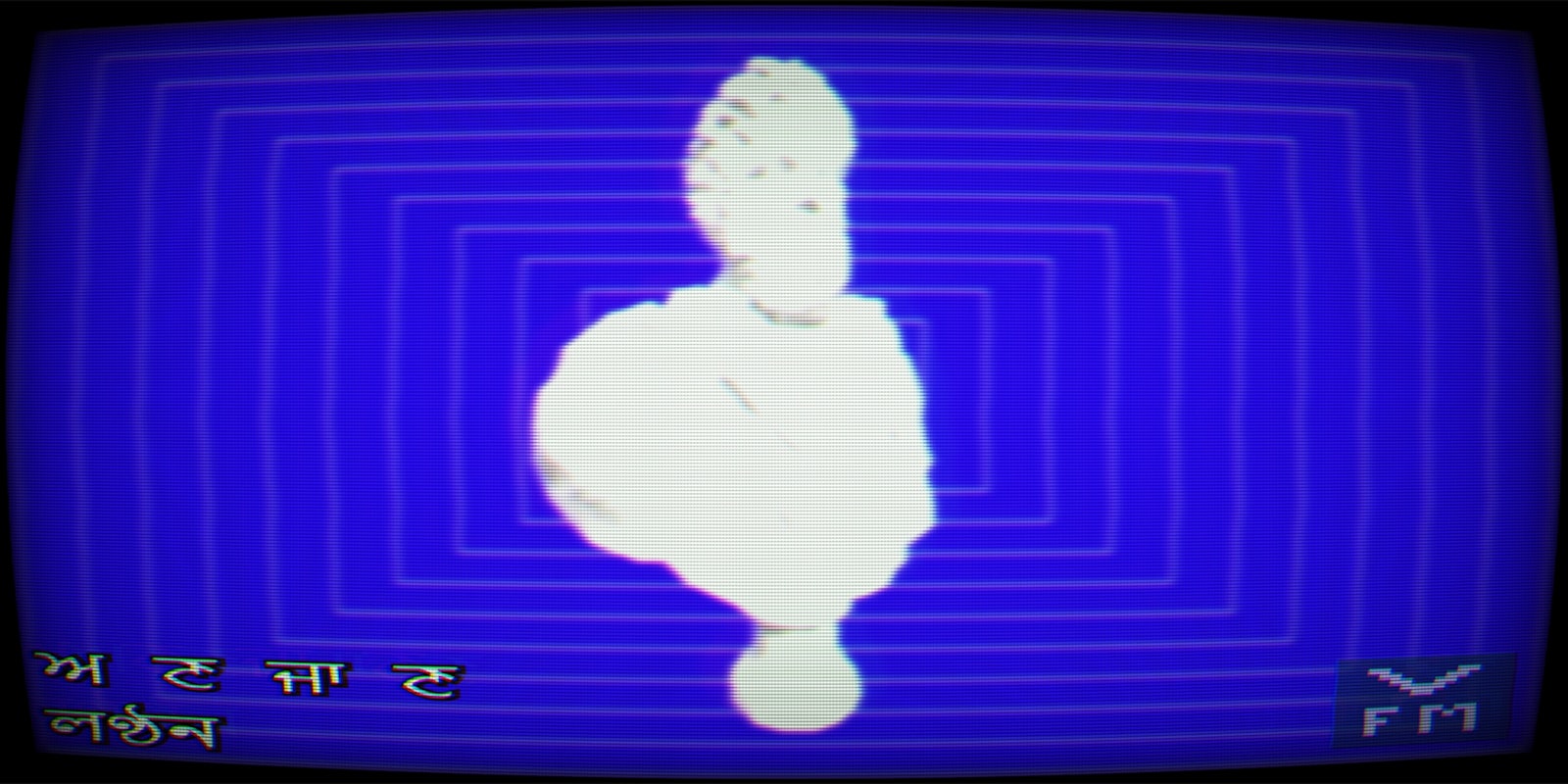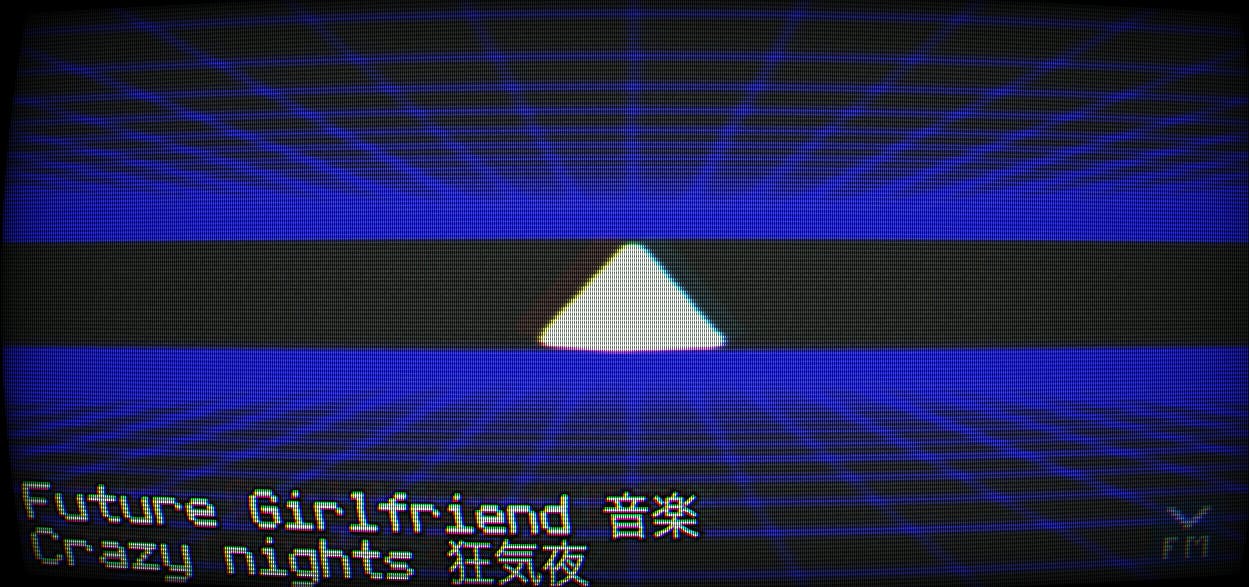Vaporwave, the musical genre born of the Internet, has been celebrated, scrutinized, and declared dead. Now it has its own radio station.
Today, Evan Hemsley—an L.A.-based musician and video game programmer—debuts vapor.fm, a 24/7 site devoted to all things vaporwave.
Hemsley says he was drawn into the world of vaporwave after a friend sent him a two-hour mix last summer called Vaporwave Mix #1, and it “spiraled” from there. He wrote a program that would grab vaporwave-related music from Bandcamp to feed his curiosity, which eventually made him long for a platform where one could go to seek out the genre.
Vaporwave incorporates easy listening-style music (or muzak), old-school Web imagery, glitch art, advertising and brand satirization, and ’80s/’90s aesthetics. Musician Daniel Lopatin, aka Oneohtrix Point Never, is often namechecked for bringing the genre to a bigger audience with his 2010 collection under the name Chuck Person, but vaporwave has evolved in many directions since then. This is an art form born of an ever-shifting Internet remix culture, a phantom limb of weird SoundCloud.
As narrator Wolfenstein OS X says in this handy explainer, “I first thought of [vaporwave] as a humorous gag, something that wouldn’t necessarily last for all too long in the music world. It was essentially a joke on music itself.”
https://www.youtube.com/watch?v=PdpP0mXOlWM
While vaporwave’s origins are hard to pinpoint, it’s found its way into pop culture: Tim Heidecker and Eric Wareheim often employ vaporwave aesthetics in their show, and its influence has seeped into Adult Swim promo as well. Vaporwave had an “ambassador” who signed to a label, and because the Internet is an ouroboros, the microscene has also been co-opted by corporations.
Hemsley says it was an intangible familiar feeling that initially drew him to vaporwave.
“It sounded so familiar and yet different and weird,” he said. “It’s using these processes… and slowing stuff down and reverb and sampling—all techniques that have been used in creating electronic music for a really long time, but it’s just the source material they were using is so different from what I expected. They were sampling things like mall music and cheesy ’80s funk and old Japanese pop music and Italo disco and all this stuff I wouldn’t have expected to hear put through those processes.”
Much of vaporwave hinges on nostalgia, and Hemsley recounts being in a mall in downtown L.A. and hearing muzak on the PA. (Vaporwave does allegedly have an offshoot focusing on mall music: mallsoft.) That type of “passive” music would usually bum him out, he says, but in the context of vaporwave, it found new meaning.
“It’s taking these songs that are meant to be consumed so passively and without really paying any attention or giving any conscious thought to them,” he said. “Like a lot of those elevator music samples or corny jazz. They weren’t really meant to be seriously consumed like music, but then [it’s] being recontextualized into something that is enjoyable to listen to [and that’s] just fascinating to me.”
The visual aesthetic is a big component with vaporwave, and while the music on the site comes from other artists, Hemsley created the visuals that appear on each channel. You progress through channels much like you would use a remote to flip through TV—another nostalgic touch—or you can use the site in shuffle mode. It’s a deviation from on-demand and streaming sites and, Hemsley says, a work in progress.
“I think what’s so interesting about vaporwave is that it is nostalgic, but I think there’s still a sort of tension between the past and present and future of vaporwave, where people are actively going back to these old sounds and using them as the basis for something new. And putting these old sounds through these processes that are only possible with modern technology.”
Screengrab via vapor.fm



